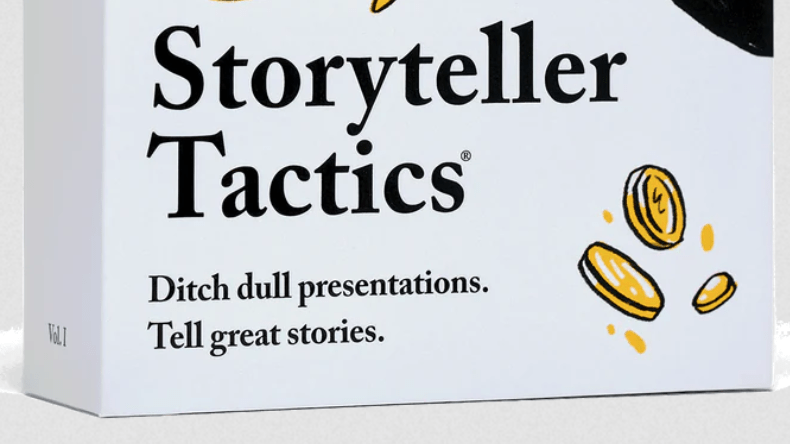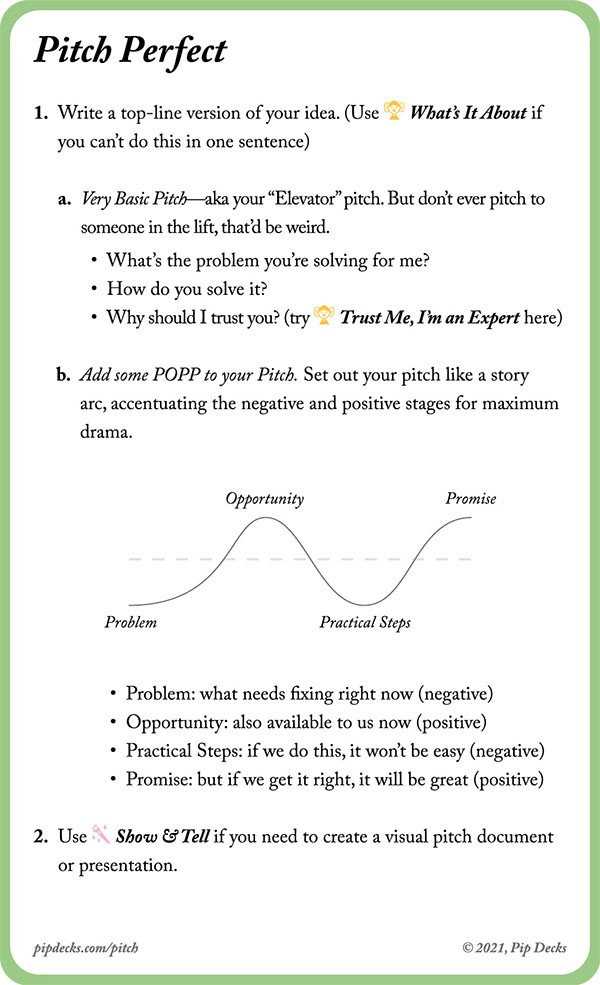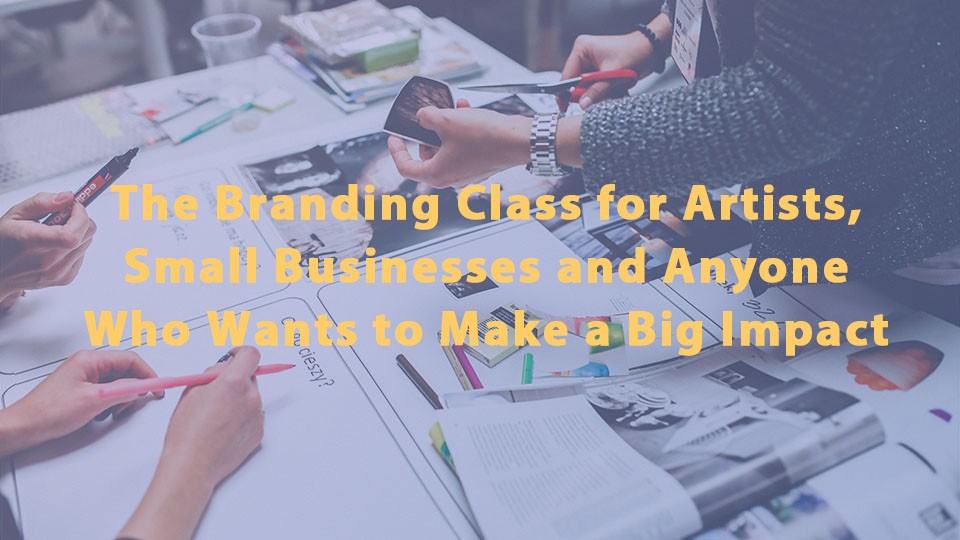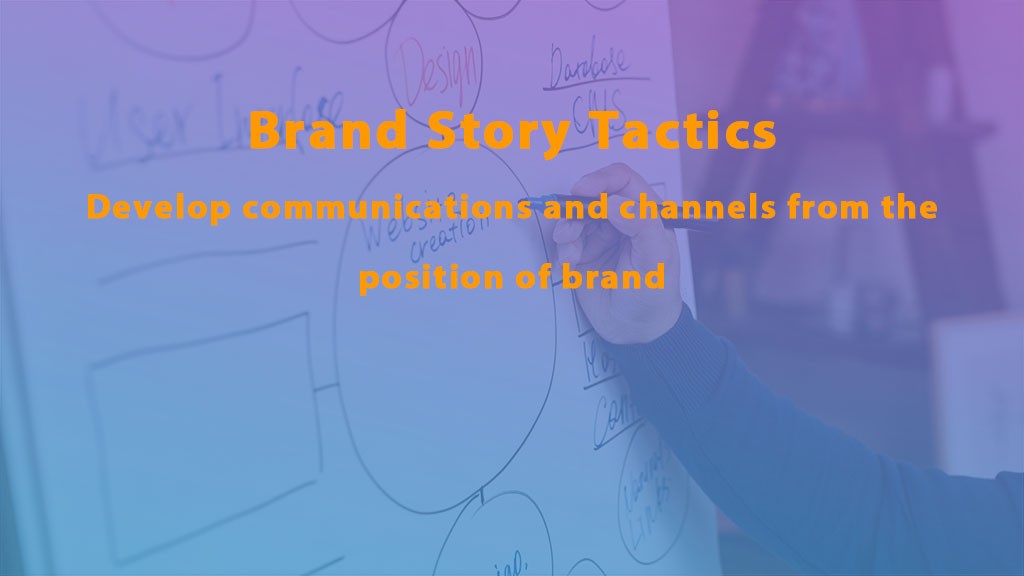Craft Your Finance Industry Elevator Pitch
Crafting a short, simple finance industry elevator pitch is an important exercise for anyone in the finance industry who needs to present or promote themselves or their business. As a creative director, I help businesses craft the look, feel and messaging to establish the value of their brand. How financial professionals present themselves when they have the shortest timeframe possible, often described as an “elevator pitch,” can frame how they speak about their work at length.
In this article I’ll describe two pitches for a client, The Commercial Loan Broker Institute (CLBI). The launch program does two things: 1. teaches people the skills to become a loan broker and 2. designs and builds the assets necessary to present each business professionally to borrowers. I work on the content and design side, helping clients define their brand, craft their language, while the CLBI founders provide the training, coaching, and development to the brokers on the financing and business processes they need to know to be successful.
I take a “client first” approach to developing each site and each story. What does that mean? A financial broker can go far when they develop skills and deep knowledge around particular niche clientele rather than trying to capture anybody looking for a business loan. Being “client first” means understanding the needs, wants, and objectives of the borrower, and then aligning all parts of the business function to facilitate better outcomes for the client. That includes web design and messaging.
There are so many approaches to presenting financing. Banks present with fairly cold, objective language most of the time, while community financing organizations are very down to earth. Those in the automotive industry move fast, talk terms, and focus on closing now so you can drive away today in your nicer, newer car! (Check that alliteration!)
A Finance Industry Elevator Pitch for the Commercial Loan Broker Institute
How to create a finance industry elevator pitch
When you create an elevator pitch, the beats include who the customer is, the personal benefit for the customer, what changes for the client (how you work to solve the client’s challenge or pain), and why you or your brand? (point of differentiation). These beats are modified based on the Storyteller Tactics Pitch Perfect card. Let’s look at these points in the CLBI elevator pitch from the design perspective, basically from my role:
“I help loan brokers launch their businesses. I lead designers and content creators to build a comprehensive online presence around each founder’s target borrower and referral network. The big change for loan brokers, when they work with me and my team, is that we build the non-financial components of their business together. In contrast to other broker launch programs, we take a comprehensive communications approach to give brokers the tools to build trusted relationships with business borrowers and referral partners.”
So, let’s break down the finance industry elevator pitch:
“I help (who the customer is) loan brokers (here comes the personal benefit) launch their businesses. (how I solve it) I lead designers to build a comprehensive online presence around each founder’s target audience. We actually target two groups: the borrower and Centers of Influence who can become a high value referral network. (the change) When new loand brokers work with me and my team, we build the non-financial components of their business together. (why our firm) We take a comprehensive communications approach to give brokers the tools to build trusted relationships with business borrowers and referral partners.”
In my role, the prospect is already in the training portion of the launch program and they are well on their way to being a loan broker, but they need to stand out in the market. If I were writing the pitch for the trainers I’d write something like:
“We offer a launch program for (who) business professionals and former bankers (personal benefit) to launch and operate an independent loan brokerage (how) by training them in every aspect of the industry. (The change) Graduates are able to find and finance borrowers. We also build their branding and collateral. (Why us) We give brokers the knowledge and tools they need to become successful.”
This pitch is comprehensive at a high level, but it’s also modular. When delivering it, the speaker can focus on and elaborate just on the components of interest to the listener.
“Every aspect of the industry” could be replaced or supplemented with “lender network, sales skills, prospecting, customer relationship management,” and a host of other detailed features of the launch program.
“Graduates are able to find and finance borrowers” could be enhanced with “prospect, package, negotiate and close financing across each of the major sources of alternative and traditional financing.” Branding and collateral can be expanded: “so they stand out in their market to their target customer. ”Why us” can be positioned in relation to the rest of the market: “We are the highest quality, but not the highest price program in the market.”
You get the idea. The elevator pitch gets to the core essence in each beat of a much larger story.
Are you interested in becoming a loan broker? Visit the Commercial Loan Broker Institute and use our affiliate code MURDOCK for 5% off your broker launch program.
Expanding your finance industry elevator pitch
If you have a bit more time you can describe the problem, opportunity, steps to get there and promise. These steps are drawn from Storyteller Tactics Pitch Perfect, and are also influenced by Anthony Raskin’s article “The Greatest Sales Deck I’ve Ever Seen.”
The four beats in the expanded pitch below were written by Storyteller Tactics author Steve Rawling. They are, as described in his LinkedIn article, Problem, Opportunity, Practical Steps, and Promise.
Two of the beats are framed from the “negative” perspective – what’s challenging, difficult, painful or complex and two from the “positive” – the opportunity, change, promise or hope.
By using both positive and negative framing, we build story components into our presentation – what do we wrestle with and what’s the benefit of going through all that hard work?
Let’s apply these four beats to our Commercial Loan Broker Institute pitch:
(problem- negative) “There’s a real challenge in the market right now because banks and traditional lenders have retracted their willingness to lend to businesses. Because of that, many small companies that had access to capital are stuck.”
(Opportunity-positive) “We train and develop loan brokers with the knowledge and skill to fund commercial financing. They learn to navigate the available lenders to find a match for business borrowers at reasonable rates.”
(Practical steps-negative[hard work]) But to be successful, a loan broker needs to understand finance and packaging, lending categories, and lenders. They also need a way to reach and connect with businesses and referral partners. We train brokers and build their brand through an intensive, but self-paced program, to develop the skills, documents, and touchpoints they need for launch. From there, brokers can pursue an industry niche or serve a broad audience.
(Opportunity-positive[hopeful]) A broker earns a percent on each deal they close. That can often lead to a six-figure income when brokers diligently put themselves in contact with business communities seeking capital.
(Promise)Brokers that complete our program also have a positive impact on their community. They provide necessary support by capitalizing underfunded businesses properly so they can stabilize and grow.”
The great thing about going back and forth between positive and negative elements of the challenge, pathway, and result is that you provide clarity and context for your listener. People who want to work in this industry hear a simple story, see the challenges and opportunities, and think, “That’s it! This is my path.” By expanding their finance industry elevator pitch with framing that is both aspirational (positive) and clarifying (negative) you can position your offer as attainable and valuable. Here’s something that you can do, but that not everyone can.
Your audience has a dynamic sense of what they’ll be doing in their career path if they choose the CLBI launch program. People who want to work in a bank or to take service calls for an online loan broker won’t want the challenge of building relationships and seeking out both borrowers and lenders for unique deals. Those who choose this path, love the challenge.
If you are interested in becoming a loan broker, visit The CommercialLoanBrokerInstitute.com and use the code MURDOCK for 5% off your entire launch program.
There’s a lot more to storytelling for branded communications than pitching. If you’d like to learn how to create and communicate a comprehensive brand, sign up for my branding course.
The elevator pitch structures drawn from in this article, and many more, are available at your fingertips as part of the Storyteller Tactics deck sold by Pip Decks. Get yours with a 15% discount on your total order through our affiliate link below.
In addition, I work one-on-one in a coaching and mentoring role with small businesses, managers, artists, nonprofits, and corporations to develop authentic communications plans that connect with their audiences.
Want to learn more about pitch development?
Take my online brand building class, get the Storyteller Tactics deck, or begin with one-on-one coaching to shape your next project.
Take the Course!
The Branding Class for Artists, Small Businesses, and Anyone Who Wants to Make a Big Impact teaches the foundational framework of branding. Develop your brand platform, then connect it to your messaging. By the end of the course you’ll have actionable tools you will use each time you create content and messaging.

Get Storyteller Tactics
The Storyteller Tactics Deck includes 54 recipes that will immediately impact your storytelling. From pitch decks to ads, blogs, webinars, trainings, coaching, and more, these tools help you connect with your audience so they will remember, the “say, think and do” outcomes you are aiming for in your communications.
One-on-One Coaching
Stuck on the development of your communication pillars, key messages, or content? Let’s create a custom coaching plan to get you over the hump. The goal of coaching is to move you from doubt to clarity on your messages and communication tactics that help you build real resonance and relationships with your audience.



